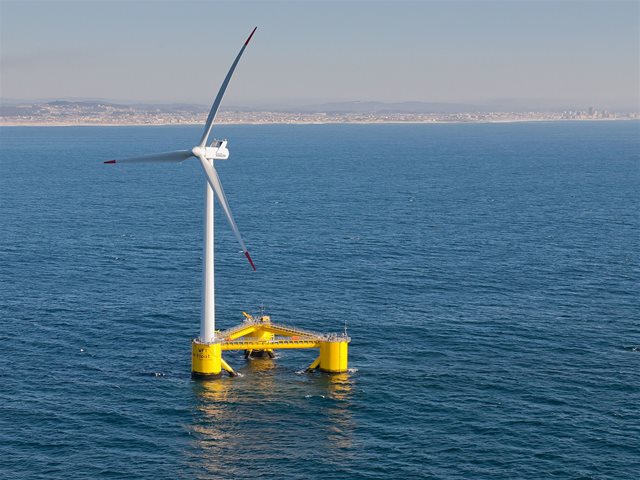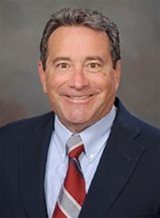General Overview of Renewable Floating Wind Turbine Foundations
Starts: Wed, Jul 24, 2019 9:00 AM CSTEnds: Wed, Jul 24, 2019 10:00 AM CST
Become a Member Now
 Great potential exists for applying experience from offshore floating oil-gas systems to offshore renewable energy development. However, since the constraints and demands for offshore renewable energy systems differ somewhat from those for oil-gas development, some adaptation of existing technology is needed.
Great potential exists for applying experience from offshore floating oil-gas systems to offshore renewable energy development. However, since the constraints and demands for offshore renewable energy systems differ somewhat from those for oil-gas development, some adaptation of existing technology is needed.Firstly, in contrast to floating oil-gas facilities, floating offshore wind farms involve extensive arrays of structures occupying a large areal extent. This creates an opportunity to achieve economies by attaching mooring lines from multiple floating units to a single anchor. Before such economy can be realized, a basic understanding of multiline load demand on a single anchor is required. Additionally, since multiline anchors introduce the potential for a cascading failure within a wind farm, issues of system reliability need to be addressed. Secondly, in contrast to the soft clay soil seabed conditions characteristic of most deep-water developments, anticipated seabed conditions for renewable energy development involve near-shore and shelf deposits that can include stiff clays, dense sands and heterogeneous soil profiles, which can impose major constraints on the mooring system design and the types of anchors that may be deployed. Finally, mooring and anchor costs for renewable energy projects comprise a much greater fraction of total project cost than those for oil-gas development. Accordingly, greater emphasis must be placed on increasing anchor efficiency and reducing installation costs for offshore renewable energy development.
This webinar is ideally suited to geotechnical engineers, geoscientists, geologists, and geophysicists or anyone interested in floating wind power development.
About the presenter
 Dr. Charles Aubeny is a Professor of civil engineering at Texas A&M University, specializing in geotechnical engineering. He is a licensed professional engineer in Texas, California and Colorado. He received a BS degree at the University of Arizona, an MS degree at the University of Colorado in Denver and a doctoral degree in civil engineering at the Massachusetts Institute of Technology. Dr. Aubeny has held his current faculty position at Texas A&M University since 1999. His research and professional interests include deep-water anchors, subsea risers and conductors, subsea gravity foundations, embankments, slope stability, excavations and retaining structures. He teaches courses in geotechnical engineering, foundation engineering, slope stability and retaining walls, and numerical methods. He consults on wide variety of projects, including projects in deep-water Gulf of Mexico and offshore Australia. He received the Thomas A. Middlebrooks Award in 2002 and is a Fellow of the American Society of Civil Engineers.
Dr. Charles Aubeny is a Professor of civil engineering at Texas A&M University, specializing in geotechnical engineering. He is a licensed professional engineer in Texas, California and Colorado. He received a BS degree at the University of Arizona, an MS degree at the University of Colorado in Denver and a doctoral degree in civil engineering at the Massachusetts Institute of Technology. Dr. Aubeny has held his current faculty position at Texas A&M University since 1999. His research and professional interests include deep-water anchors, subsea risers and conductors, subsea gravity foundations, embankments, slope stability, excavations and retaining structures. He teaches courses in geotechnical engineering, foundation engineering, slope stability and retaining walls, and numerical methods. He consults on wide variety of projects, including projects in deep-water Gulf of Mexico and offshore Australia. He received the Thomas A. Middlebrooks Award in 2002 and is a Fellow of the American Society of Civil Engineers.
 Add this Event to your
Add this Event to your

